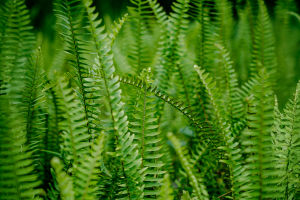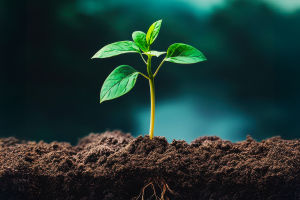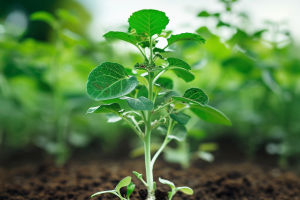Hello Lykkers! Imagine a world where you could soak up sunlight and create your own meals. That's exactly what plants do every single day, thanks to a process called photosynthesis.
It's one of nature's most brilliant inventions and the foundation of almost every food chain on Earth.
Photosynthesis isn't just about plants staying alive—it's also how we get oxygen to breathe and crops to harvest. In this guide, we're diving deep into how plants use light, water, and carbon dioxide to build energy-packed sugars. Whether you're curious about nature or brushing up on science basics, this guide will help you see greenery in a whole new light.
Part 1: The Basics of Photosynthesis
To start your journey, let's walk through the key players and steps involved in this fascinating natural process. You'll see how sunlight is captured, how it powers a chemical reaction, and how this simple recipe sustains life on Earth.
Light and Chlorophyll: A Perfect Pair
The magic begins when sunlight hits a green leaf. Inside those vibrant leaves are special structures called chloroplasts. You can picture them like tiny green factories packed with chlorophyll, a pigment that traps sunlight. It's chlorophyll that gives plants their famous green color and lets them absorb light energy efficiently.
When you think about a leaf turning toward the sun, imagine it positioning its solar panels for maximum light. That light energy is the fuel for what comes next—a beautiful transformation from light into food.
Carbon Dioxide and Water: The Ingredients
Now that sunlight is captured, the plant needs two more ingredients: water and carbon dioxide. Water comes from the roots, traveling through tiny tubes all the way to the leaves. Meanwhile, carbon dioxide comes from the air, sneaking into the leaf through small openings called stomata.
Once everything's in place—sunlight, water, and carbon dioxide—the plant's internal chemistry kicks in. Using that light energy, it rearranges atoms to create glucose (a type of sugar) and releases oxygen as a happy bonus.
Part 2: Why Photosynthesis Matters
Now that you know how it works, let's explore why this process is so important—not just for plants, but for everything that eats, breathes, and grows on our planet. You'll start to see greenery not just as decoration but as a vital engine of life.
Oxygen: A Breath of Fresh Air
As plants perform photosynthesis, they release oxygen into the atmosphere. That's right—every time you take a breath, you're benefiting from a tree, a patch of grass, or a tiny sprout. Without photosynthesis, Earth's oxygen levels would drop, and life as we know it wouldn't survive.
Take a moment to look around—whether you're outside or by a window—and you'll spot the quiet work of photosynthesis happening somewhere nearby. Plants don't shout or move, but they're always working in the background, supporting everything that breathes.
Food Chains Start Here
Beyond oxygen, photosynthesis produces glucose, the starting point for nearly every food web. When a plant creates sugar, it stores energy from sunlight. Then that energy passes on to herbivores, then to their predators, and so on.
You can think of a blade of grass as the first link in a long chain of energy. When you bite into fruit or veggies, you're enjoying direct sunlight, packaged and sweetened by the plant. Even animals that eat other animals are connected to this chain—it all starts with plants and their solar-powered kitchens.
So, Lykkers, the next time you see a leaf swaying in the sun, remember what's happening inside. Photosynthesis is the quiet superpower that turns sunlight into sugar, supports entire ecosystems, and fills the air with life-giving oxygen. It's not just plant science—it's a daily miracle happening all around you. Who knew that leaves could be such hard-working heroes?


